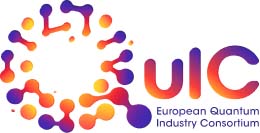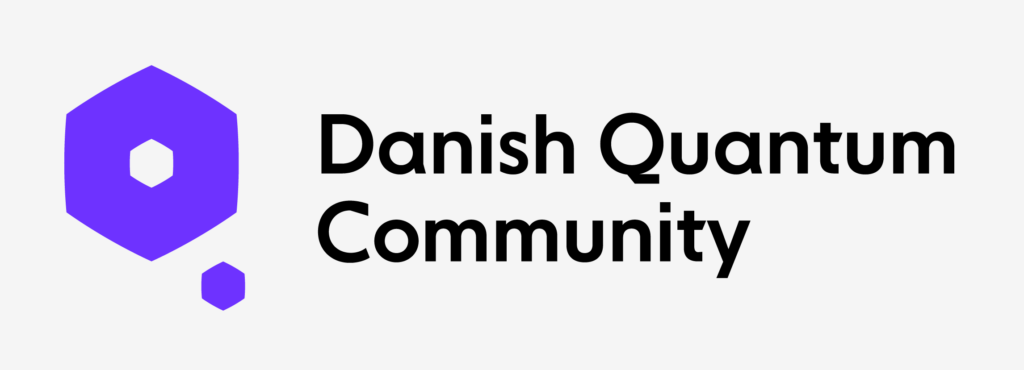The photo shows an ultracold cloud of strontium atoms in a vacuum chamber surrounded by electromagnets and laser cooling optics as used in the iqClock research.
In the AQuRA project, nine partners from Denmark, Finland, Poland, Germany, Netherlands, and France want to bring optical clocks from the laboratory into a robust and compact form for applications in telecommunication (e.g., network synchronization, traffic bandwidth, GPS-free navigation), geology (e.g., underground exploration, monitoring of water tables or ice sheets), and astronomy (e.g., low-frequency gravitational wave detection, radio telescope synchronization).
Our prototype will be a field-tested strontium optical lattice clock, which we will benchmark in some of the most demanding real-use cases in fields such as geodesy and radio astronomy.
The development and manufacture of this clock will be led by industry with a path to a fully commercial product.
We will leverage the foundational work by the consortia iqClock, QuantERA Q-Clocks, and JRP f17 USOQS, which have joined partners with us, and translate their work into a higher Technology Readiness Level.
The AQuRA project is part of the European Quantum Flagship. NKT Photonics is participating with our Koheras single-frequency fiber lasers.
Our quantum engagements
We are part of the European Quantum Flagship, the European Quantum Industry Consortium, the Quantum Economic Development Consortium, and the Danish Quantum Community.






